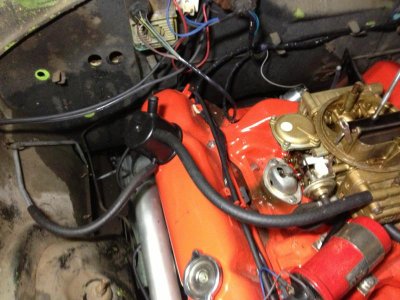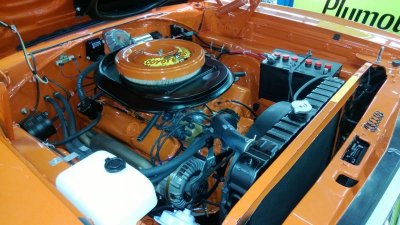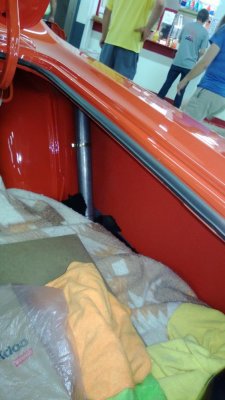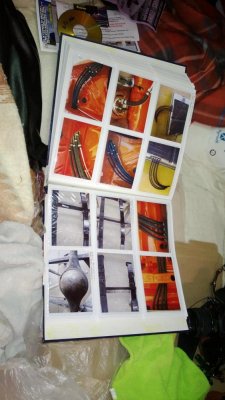short stack
Well-Known Member
HI Guys - Back to the questions on the 1970 roadrunner I am working on for a buddy. I removed the stock original fuel tank and need to replace it with a new one. The original had four vapor lines going to a cannister. Im doing a restoration that is not 100% stock, is it necessary to replace the tank with one that has the 4 lines to the cannister or can I just use one that does not have them? Al Gore doesnt live in my neighborhood and we dont have a smog test in my state, so is all the extra smog stuff really necessary?
The car has a 383 engine and I see photos of some additional fuel / smog cannister on the passenger side down by the fuel pump? Is this necessary? Im thinking I just use a tank without all the vapor stuff and run a fuel line straight to the stock mechnical fuel pump and then direct to the holley 750. I dont see a need to run a return line to the fuel pump.
Any advice? Reasons I cant do it this way? Advice on where to source a new fuel tank? Anything Else Im missing?
Lots of questions - thanks for lots of answers.
short stack
The car has a 383 engine and I see photos of some additional fuel / smog cannister on the passenger side down by the fuel pump? Is this necessary? Im thinking I just use a tank without all the vapor stuff and run a fuel line straight to the stock mechnical fuel pump and then direct to the holley 750. I dont see a need to run a return line to the fuel pump.
Any advice? Reasons I cant do it this way? Advice on where to source a new fuel tank? Anything Else Im missing?
Lots of questions - thanks for lots of answers.
short stack





















